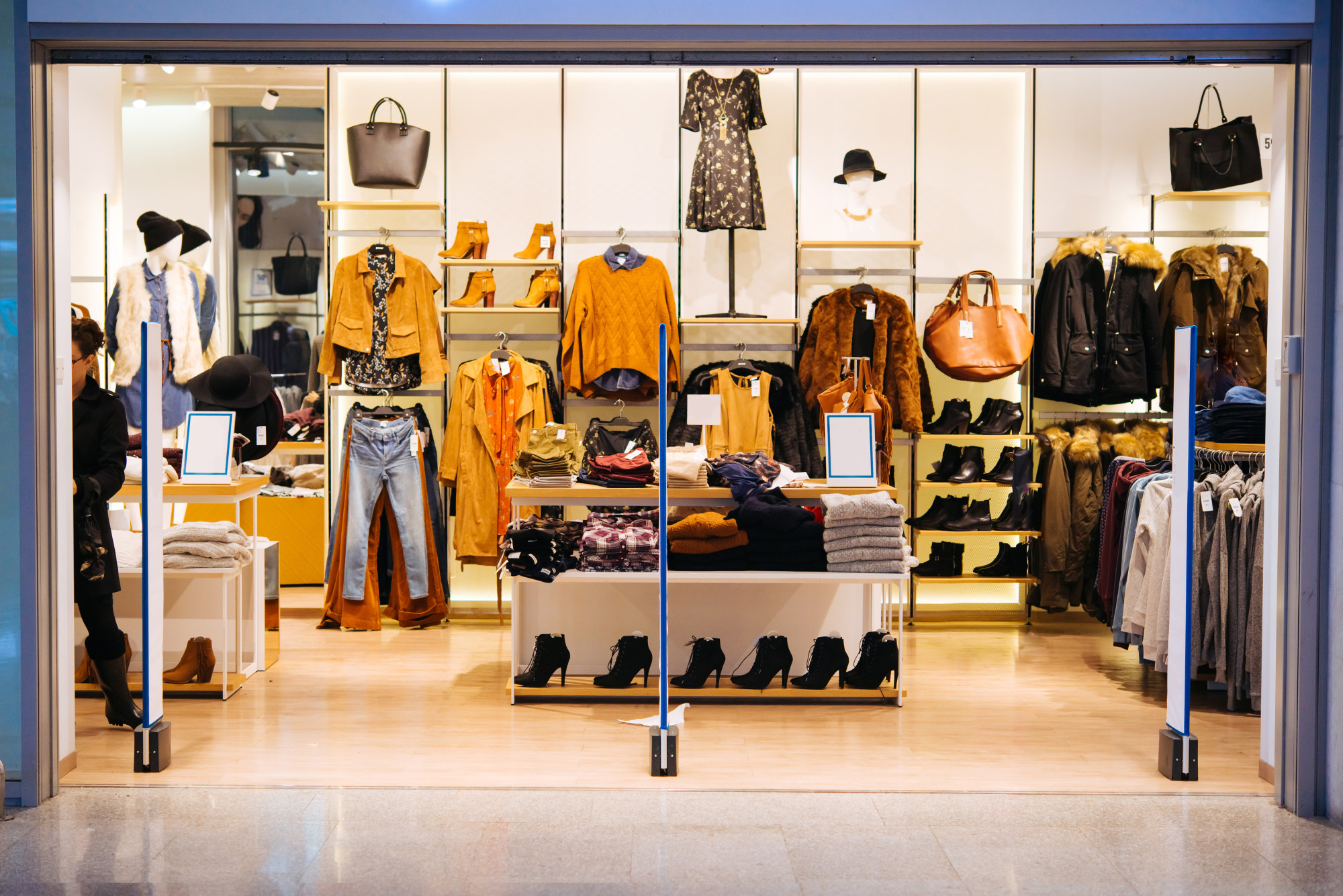The first few seconds a shopper lays eyes on your store is make or break.
Will they be interested in what they see or look away without further thought? Will they walk into your store? Which item will they beeline for?
Ultimately, the most important question: will they leave the store with bags in hand, excited about their merchandise?
Shopping behavior reports include information on cost, product placement, and time frames. However, the most important information in these reports is about attraction. Why is a customer attracted to a store and how can that attraction be retained?
This is where layout, concept, and design come in. Utilize these to draw and convert your customers. Here are the latest trends in retail store design ideas that are sure to engage and entice any shopper.
Accent Features Draw Focus
Having a focal point that your customer can visually anchor themselves to is important. Ensure that your accent is in line with your retail store concept design. This could be anything from a painted or mural wall, to a sculptural or woodworking piece.
Get creative with it—fabric and brightly wallpapered displays will do the trick as well. Just be sure to match the rest of the store design with this feature for a cohesive feel.
Mirrors Are a Great Illusion
Mirrors are a great visual trick that have been used by retailers for decades. They can make a small and limited space appear open and spacious.
Mirrors placed by the window add brightness as they allow natural light to bounce back. Bonus: shoppers love to look at themselves while browsing so placing mirrors across your retail floor will be a great hit with the customers.
Exciting Signs Add Intrigue
Neon signs are the latest in retail store interior design trends as they are catchy and playful. LED neon lights are a great way to capture attention and display the ethos of your brand.
Some retailers will have their store name hung up bright and glowing outside, while others will have a quote or phrase put up in the interior. Either way, neon signs are a great way to ensure social media coverage as people love posing with the signs.
Functional Layouts Are Crucial
There’s nothing worse than walking into a store and not knowing where to go. Retail store layout design is critical to a great client experience. Layouts should be intuitive and easy to follow, with a natural movement drawing the shopper to all sections of the store.
Some common store arrangements include:
Straight plan: This creates an organized layout that is easily understood by the shopper
Racetrack plan: This plan is helpful as it guides the customer and ensures they see all the sections your store has to offer
Angular plan: Often used by higher-end retailers, this gives the store a sophisticated feeling (however, it can reduce the amount of display space, so watch out for that)
Free flow plan: This plan encourages shoppers to go in whichever direction they please, and affords retailers maximum display creativity
Want to implement retail psychology in your store? Check out this resource on shopping behavior. It includes small tricks that pack a big punch.
For example, did you know that while shoppers are drawn to the left side of a retail display, upon entering the store they circulate through it starting from the right? Interesting, and totally implementable!
Go Green
Interior design experts swear by incorporating greenery into any space. Not only does it enliven the retail atmosphere, but studies have shown that retail stores that incorporate nature are deemed worthy of having higher prices!
A green or living wall is one of the trendiest retail store design ideas right now. Opt for low-maintenance plants that require no water, soil, or light and just need to be misted every so often.
When in Doubt, Cross Merchandise
Many retailers will group their merchandise by category, i.e. clothes with clothes and jewelry with jewelry. However, cross-merchandising makes displays more interesting and incentivizes customers to buy more.
For example, display items that go well with other items and can be matched. This way, your customer will get a full preview of everything your store has to offer, even if they don’t visit all store aisles. When it comes to retail store design ideas, this is an evergreen option to increase sales.
Utilize Colorways
Exploring colorways and themes is a great way to give your store a thought-out look. Consider the primary color palette, and what it conveys about your store. For example, while white may convey sophisticated and elegant, a bright red could indicate a more fast fashion and trendy approach.
Remember to tie in all the accessories into your colorway as well. Ensure that your shelves go with your wall, which contrasts with your neon sign. This will ensure a multi-dimensional, layered design approach.
Looking for More Retail Store Design Ideas?
Get creative with your retail store layout and display options. Utilizing design psychology can be an effective method to draw interest, increase word-of-mouth spread, and convert sales.
Another great way to ensure your retail store is trendy and up to date is to go check out other retailers in your area. This should give you a good idea of what’s working and what’s not, and which trends and design ideas are truly successful.
Want to learn more about retail store design ideas? Check out our website for information on design and much more.




